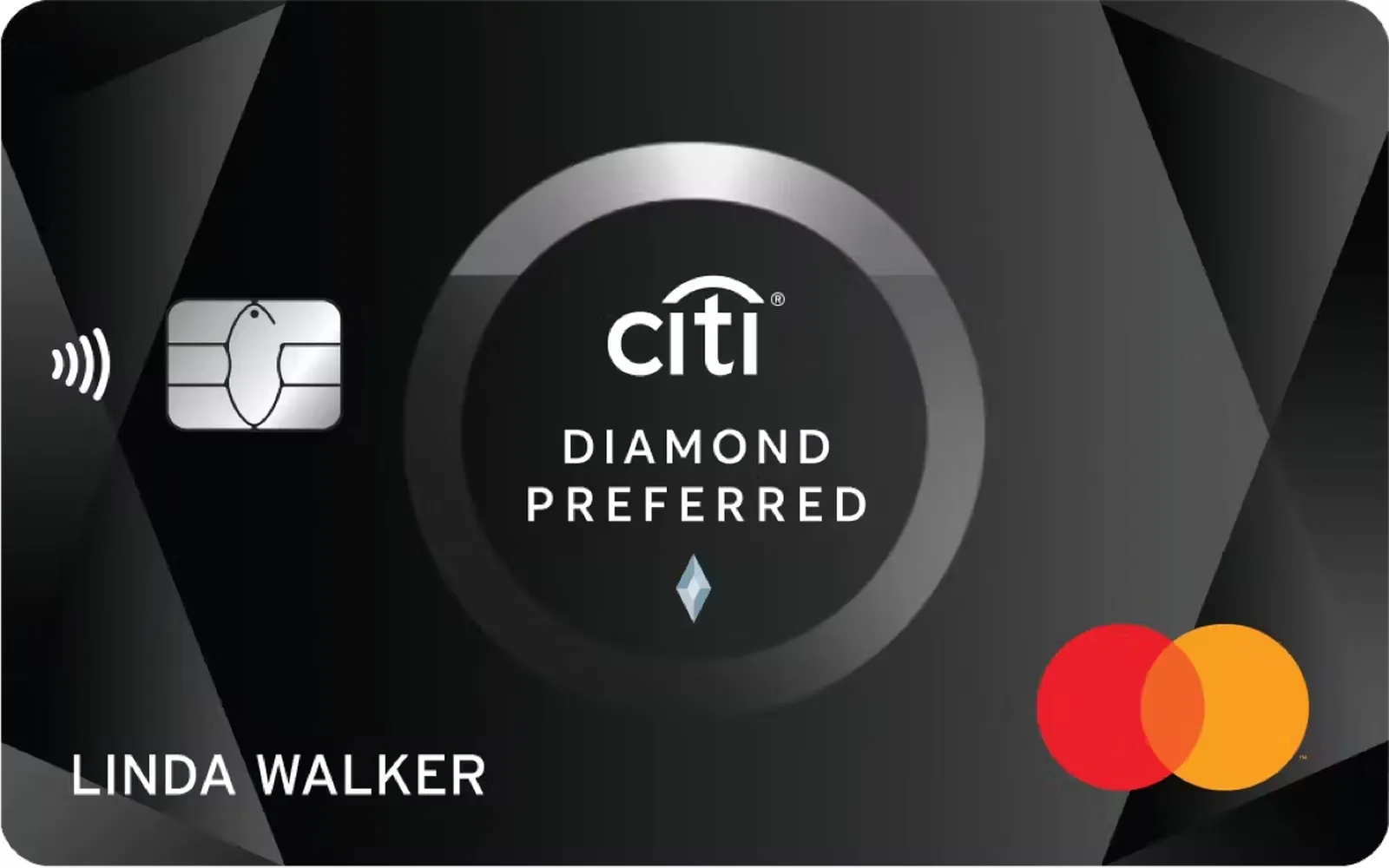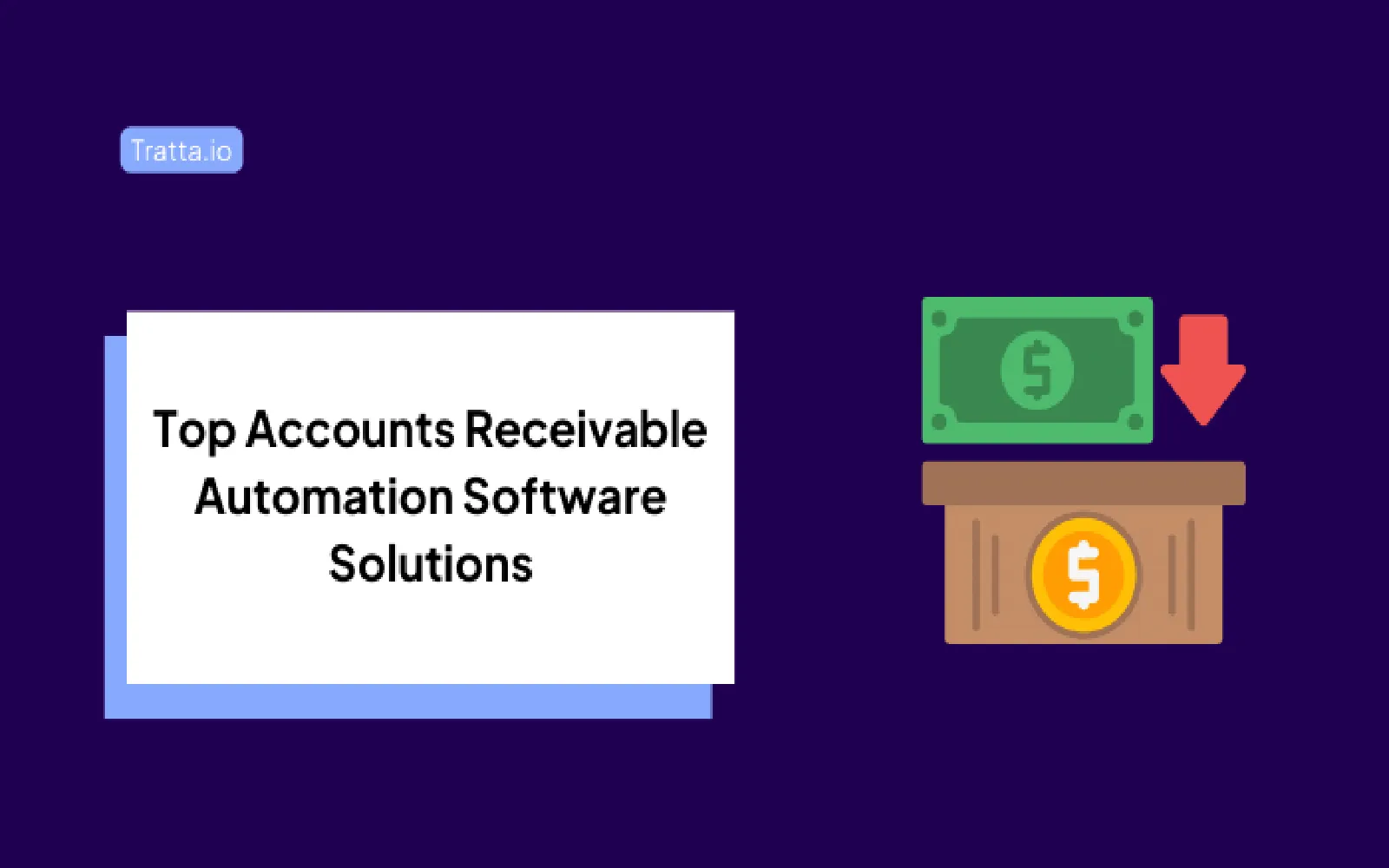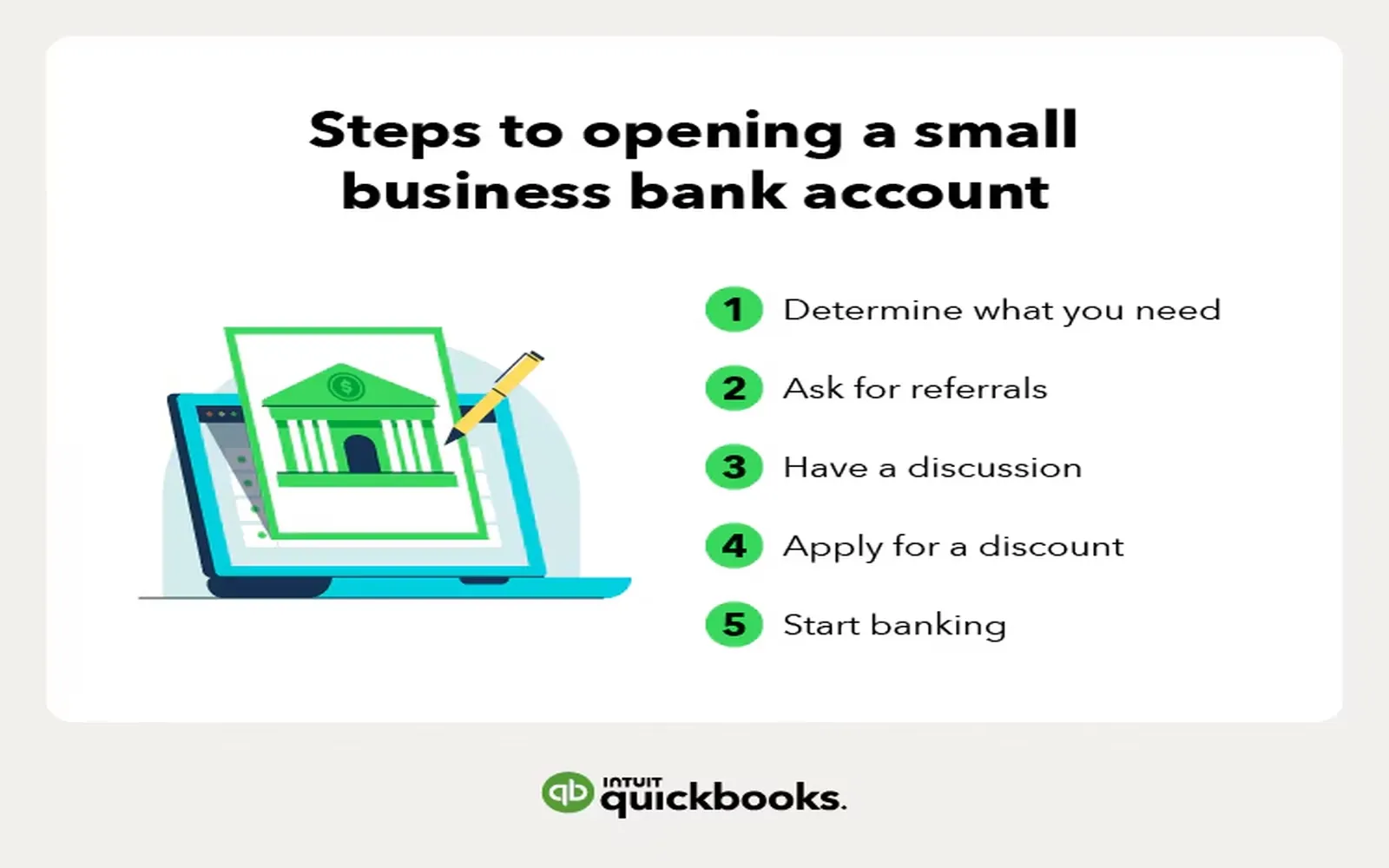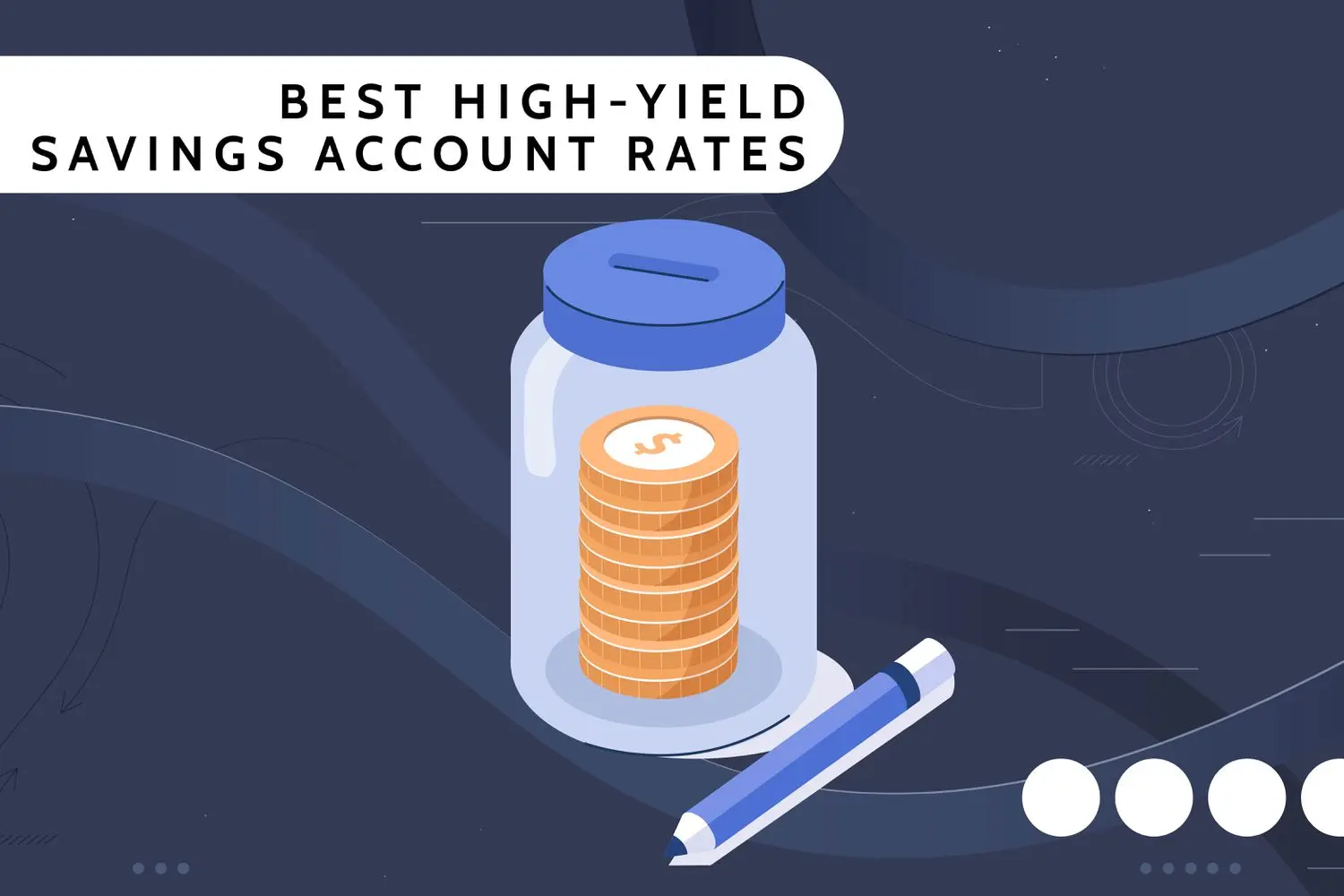Instant Money Transfers to Bank Accounts: The Future of Fast Payments in 2025
Introduction
As we approach 2025, the landscape of financial transactions is evolving at an unprecedented pace. Instant money transfers to bank accounts are becoming a staple of modern banking, revolutionizing the way individuals and businesses handle their finances. With technological advancements and changing consumer expectations, the future of fast payments is not just about speed; it's about convenience, security, and accessibility. This article explores the developments in instant money transfers, the driving forces behind these changes, and what we can expect in the coming years.
The Rise of Instant Payments
The concept of instant payments is not entirely new. However, technological advancements, regulatory changes, and consumer demand have accelerated the adoption of instant money transfers. In 2025, we can expect instant payments to be a standard feature across most banking institutions worldwide. This shift is largely driven by several key factors:
1. Technological Advancements
The evolution of technology has played a crucial role in enabling instant money transfers. The rise of blockchain technology, artificial intelligence, and machine learning is facilitating faster and more secure transactions. Blockchain offers a decentralized and transparent method for processing payments, reducing the time and cost associated with traditional banking methods. Additionally, AI and machine learning algorithms are improving fraud detection and risk management, making instant transfers safer for consumers and businesses alike.
2. Consumer Expectations
Today's consumers demand speed and convenience in all aspects of their lives, including financial transactions. The success of mobile payment platforms and digital wallets has set a new standard for instant transactions. As consumers become accustomed to instant gratification, they expect the same from their banking services. By 2025, banks that do not offer instant money transfers may find themselves at a significant disadvantage.
3. Regulatory Support
Regulatory bodies across the globe are recognizing the importance of instant payments and are actively working to create frameworks that support their growth. Initiatives like the European Union's SEPA Instant Credit Transfer scheme and the U.S. Federal Reserve's FedNow Service are paving the way for faster payment systems. By creating standardized regulations, these initiatives promote interoperability and encourage financial institutions to adopt instant payment solutions.
The Benefits of Instant Money Transfers
As we move towards 2025, the benefits of instant money transfers will become increasingly evident. These advantages include:
1. Speed and Efficiency
Instant money transfers allow individuals and businesses to send and receive funds in real-time, eliminating the delays associated with traditional banking methods. This immediacy can be especially beneficial for businesses that rely on cash flow, enabling them to make timely payments to suppliers and employees.
2. Enhanced Financial Management
With instant transfers, users can manage their finances more effectively. Real-time visibility of account balances and transactions allows for better budgeting and financial planning. Additionally, businesses can make data-driven decisions based on up-to-the-minute financial information, leading to improved cash management and operational efficiency.
3. Increased Accessibility
Instant money transfers are making banking services more accessible to individuals who may not have had access to traditional banking systems. With the proliferation of smartphones and internet connectivity, people in remote areas can now conduct transactions without the need for physical bank branches. This accessibility is crucial for promoting financial inclusion and empowering underserved populations.
4. Security Measures
While speed is essential, security remains a top concern for consumers. In 2025, we can expect enhanced security measures to accompany instant money transfers. Biometric authentication, end-to-end encryption, and advanced fraud detection systems will work together to protect users' financial information. As a result, consumers will feel more confident using instant transfer services.
Challenges to Overcome
1. Infrastructure Development
For instant money transfers to become mainstream, financial institutions must invest in the necessary infrastructure. This includes upgrading legacy systems and adopting new technologies that support real-time payments. Collaboration between banks, payment processors, and fintech companies will be vital in creating a seamless ecosystem for instant transfers.
2. Regulatory Compliance
As instant payments become more prevalent, regulators will need to ensure that the systems in place are compliant with existing laws and regulations. Balancing innovation with consumer protection will be a challenge, as regulators must navigate the complexities of a rapidly evolving financial landscape.
3. Consumer Education
As with any new technology, consumer education will play a significant role in the adoption of instant money transfers. Many individuals may be wary of using new payment methods due to concerns about security or a lack of understanding. Financial institutions will need to invest in educational campaigns to help consumers understand the benefits and risks associated with instant transfers.
The Role of Fintech Companies
Fintech companies have emerged as key players in the instant payment space. These innovative startups are challenging traditional banking models by offering faster, more user-friendly payment solutions. In 2025, we can expect fintech companies to continue driving innovation in instant money transfers, providing consumers with a variety of options for sending and receiving money.
1. Peer-to-Peer Payment Platforms
Peer-to-peer (P2P) payment platforms, such as Venmo, PayPal, and Cash App, have gained immense popularity in recent years. These platforms allow users to send money to friends and family quickly and easily. By 2025, we can expect P2P platforms to integrate even more features, such as budgeting tools and investment options, making them a one-stop-shop for financial management.
2. Digital Wallets and Cryptocurrencies
The rise of digital wallets and cryptocurrencies has introduced new possibilities for instant money transfers. By 2025, we may see an increase in the use of cryptocurrencies for everyday transactions, as more merchants and consumers adopt digital currencies. This shift has the potential to disrupt traditional banking systems and create a more decentralized financial ecosystem.
3. Cross-Border Payments
Instant money transfers will also play a crucial role in facilitating cross-border payments. Traditional international money transfers can take days and incur high fees. However, advancements in technology will enable instant and cost-effective cross-border transactions, allowing individuals and businesses to send and receive funds globally with ease.
The Future of Instant Money Transfers
As we look toward 2025, the future of instant money transfers to bank accounts appears bright. With technological advancements, increased consumer expectations, and supportive regulatory frameworks, we can expect a significant transformation in the way we handle money. Below are some potential trends and developments we may see:
1. Widespread Adoption of Instant Payment Systems
By 2025, instant payment systems will likely be adopted by a majority of financial institutions worldwide. This will create a more interconnected financial ecosystem, allowing for seamless transactions between different banks and payment providers. Consumers will enjoy the convenience of instant transfers, regardless of their bank or location.
2. Integration of AI and Machine Learning
The integration of AI and machine learning in instant payment systems will enhance both user experience and security. These technologies will enable personalized payment solutions and improve fraud detection, creating a safer environment for consumers. Additionally, AI-driven insights will help users make informed financial decisions, further empowering them in their financial journeys.
3. Rise of Decentralized Finance (DeFi)
As decentralized finance (DeFi) continues to gain traction, we may see a shift towards peer-to-peer instant money transfers without the need for traditional banks. DeFi platforms will enable users to lend, borrow, and transact directly with one another, eliminating intermediaries and reducing costs. This could fundamentally change the way we view and interact with money.
4. Enhanced User Experience
Financial institutions will focus on providing exceptional user experiences in their instant payment offerings. This may include streamlined onboarding processes, intuitive interfaces, and personalized features that cater to individual preferences. By prioritizing user experience, banks and fintech companies will foster loyalty and trust among consumers.
Conclusion
The future of instant money transfers to bank accounts is poised to reshape the financial landscape by 2025. As technology continues to advance, consumer expectations evolve, and regulatory frameworks adapt, we can expect a world where fast payments are the norm. The benefits of speed, efficiency, accessibility, and security will drive the adoption of instant payment solutions, transforming how individuals and businesses manage their finances. While challenges remain, collaboration between financial institutions, fintech companies, and regulators will be essential in overcoming these hurdles and creating a seamless ecosystem for instant money transfers. The future is bright, and the possibilities are limitless.
Explore

Maximize Savings in 2025: The Ultimate Guide to 0% APR Credit Card Balance Transfers

Transforming Financial Efficiency: The Future of Accounts Receivable Automation Software in 2025

How to Open a Business Bank Account Online for Free

Top Affordable Mattresses of 2025: Sleep Better Without Breaking the Bank!

Sell Your House Fast in 2025: Proven Strategies to Get Top Dollar Quickly

Make a Difference in 2025: How Donating Money to Charity Transforms Lives and Communities

Best High-Yield Savings Accounts of 2025: Maximizing Your Savings Potential

Best High-Yield Savings Accounts for 2025
